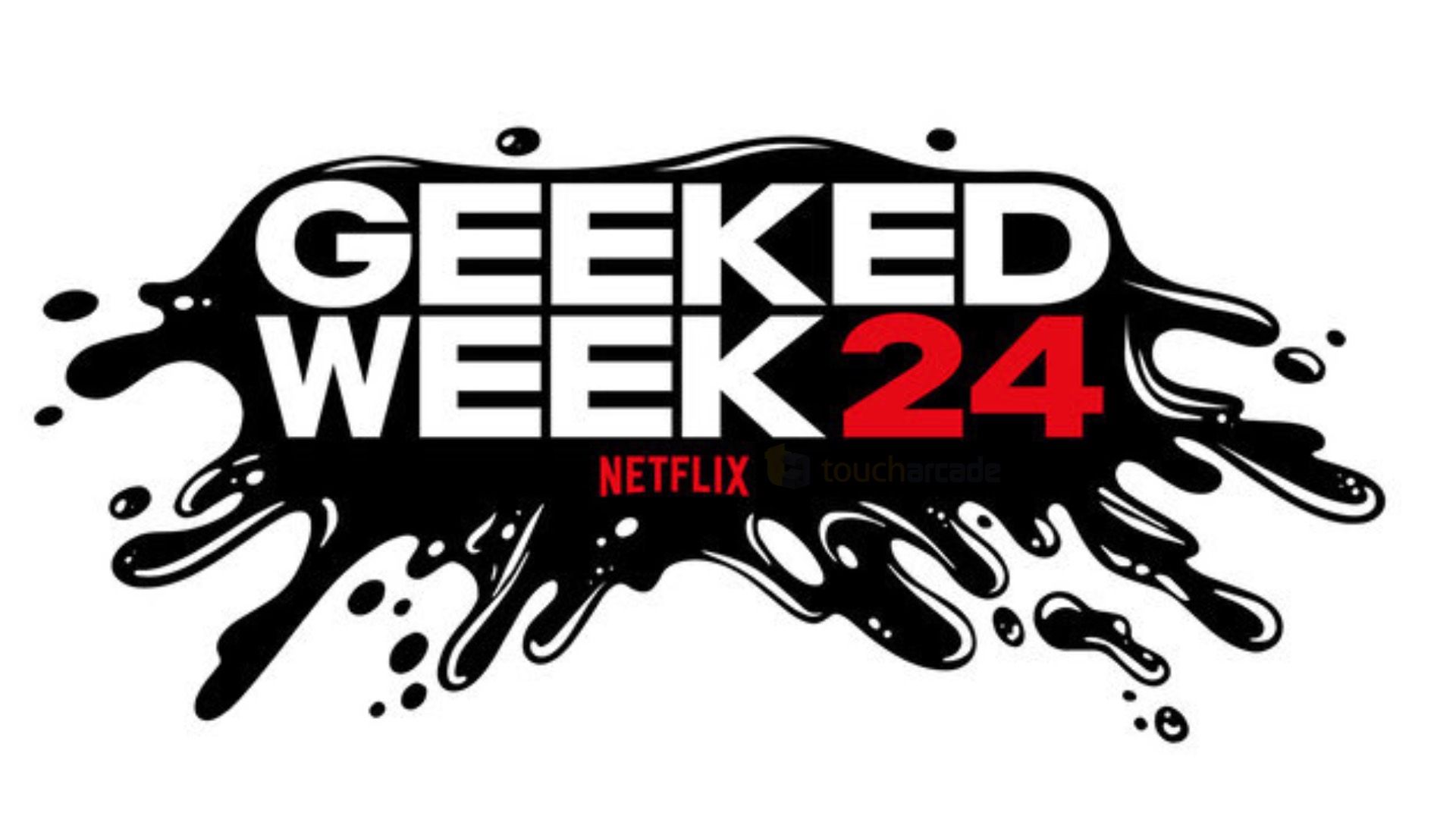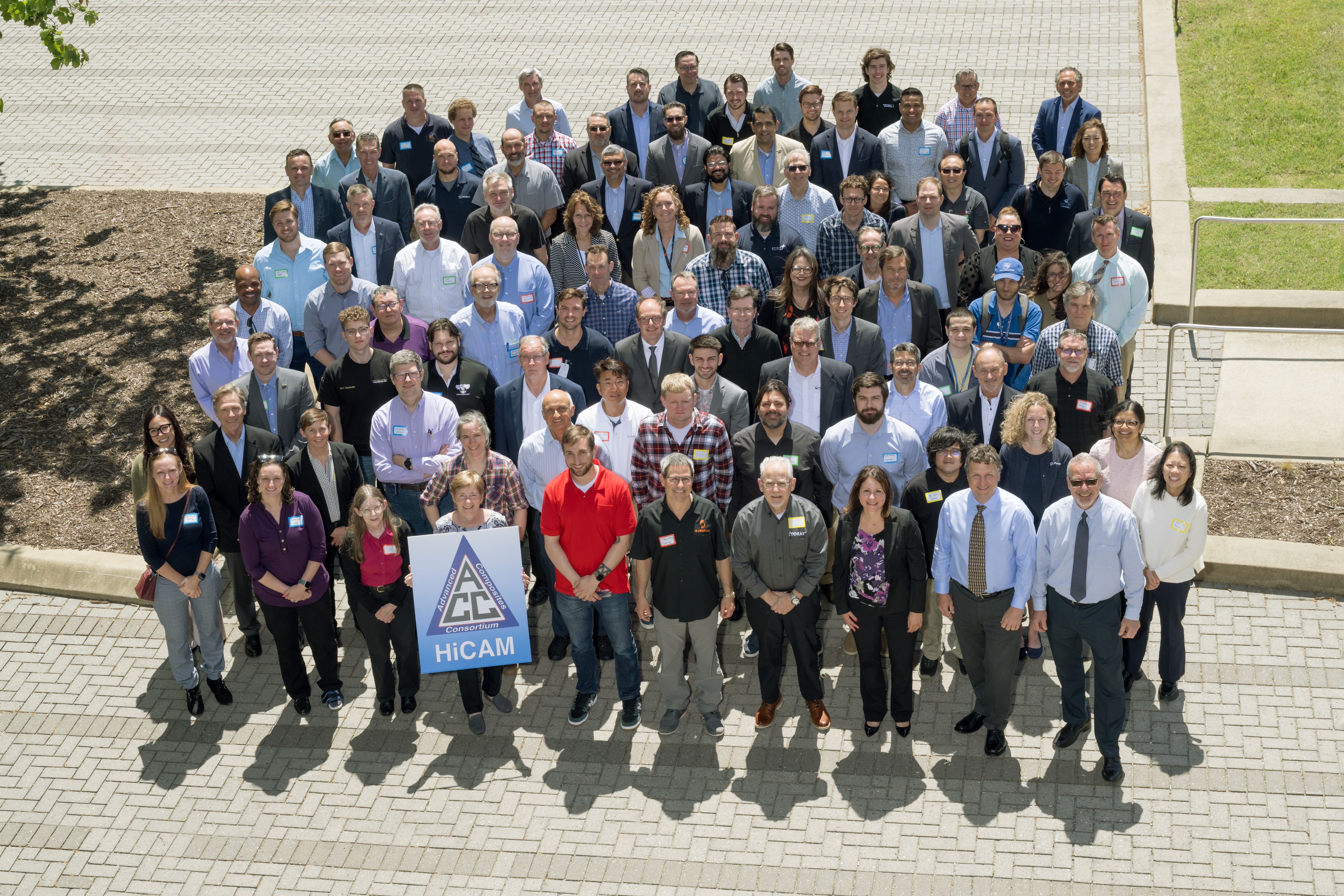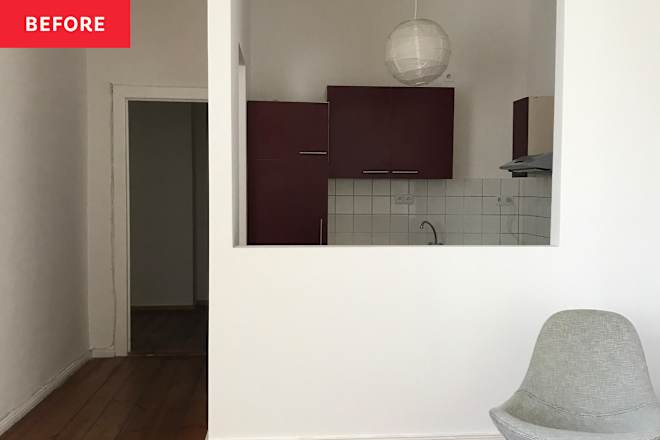Easy and Fast Printing Solution Near Me – Get Everything Printed

Easy and Fast Printing Solutions Near Me: What to Expect in the Coming Years
In 2025, the printing industry is experiencing a significant transformation, driven by technological advancements, environmental consciousness, and evolving consumer preferences. For individuals and businesses seeking efficient and accessible printing solutions, understanding these trends is essential. Here's an in-depth look at what to expect in the coming years.
1. Embracing Sustainability: The Rise of Eco-Friendly Printing Practices
Environmental sustainability has become a central focus in the printing industry. A notable 90% of printing businesses in the United States have implemented sustainability measures, reflecting a global shift towards eco-friendly practices. Key developments include:
-
Use of Recycled and Biodegradable Materials: Many print shops now offer options to print on recycled paper or biodegradable substrates, reducing environmental impact. Water-Based and Soy-Based Inks: These inks are less harmful to the environment compared to traditional solvent-based inks, offering vibrant colors without compromising sustainability.
-
Energy-Efficient Printing Machines: Modern printing machines are designed to consume less energy while maintaining high productivity levels, aligning with green initiatives.
These eco-friendly practices not only contribute to environmental conservation but also meet the growing consumer demand for sustainable products. As a result, businesses adopting these methods are gaining a competitive edge in the market.
2. Personalization at Its Peak: The Power of Variable Data Printing
Personalized printing has become a powerful tool for businesses aiming to connect with their audience on a deeper level. Variable Data Printing (VDP) allows for the customization of each printed piece, tailoring content to individual preferences.
Benefits of VDP include
-
Enhanced Customer Engagement: Personalized materials resonate more with recipients, leading to higher response rates and customer loyalty.
-
Efficient Marketing Campaigns: By targeting specific demographics with customized messages, businesses can optimize their marketing efforts.
-
Increased ROI: Personalized campaigns often yield better returns on investment due to their targeted nature.
The adoption of VDP is facilitated by advancements in digital printing technology and data analytics, making it a staple in modern marketing strategies.
3. On-Demand Printing: Meeting Immediate Needs with Flexibility
The demand for quick and flexible printing solutions has led to the rise of on-demand printing services. This model allows for the production of materials as needed, reducing waste and inventory costs.
Key advantages include:
-
Quick Turnaround Times: On-demand printing enables rapid production, catering to urgent requirements.
-
Cost-Effectiveness: By eliminating the need for large print runs, businesses can save on storage and reduce the risk of obsolete materials.
-
Customization: Each print can be tailored to specific needs, enhancing relevance and effectiveness.
The on-demand printing market is projected to reach $39.87 billion by 2030, indicating its growing significance in the industry.
4. Integrating Technology: The Emergence of Smart and Automated Printing Solutions
Technological integration is revolutionizing the printing landscape, introducing smart and automated solutions that enhance efficiency and accuracy.
Innovations include:
-
AI-Powered Printing Machines: Artificial intelligence is being utilized to automate tasks such as layout optimization, error detection, and predictive maintenance.
-
Internet of Things (IoT) Integration: IoT devices enable real-time monitoring of printing equipment, facilitating proactive maintenance and reducing downtime.
-
Cloud-Based Printing Services: Cloud technology allows users to print documents from any location, offering flexibility and convenience.
These advancements are not only improving operational efficiency but also providing users with more control and customization options. The adoption of smart printing technologies is expected to continue growing, driven by the need for streamlined workflows and enhanced productivity.
5. Augmented Reality in Print: Enhancing User Engagement Through Interactive Experiences
Augmented reality (AR) is bridging the gap between physical print and digital interaction, offering immersive experiences that captivate audiences.
Applications of AR in printing include
-
Interactive Marketing Materials: Printed materials embedded with AR can display videos, animations, or 3D models when viewed through a smartphone or tablet.
-
Enhanced Educational Content: Textbooks and learning materials can incorporate AR to provide interactive diagrams and explanations, enriching the learning experience.
-
Product Demonstrations: AR allows consumers to visualize products in their environment before making a purchase, aiding decision-making.
The AR market is projected to reach $289.05 billion by 2030, underscoring its growing influence across various industries, including printing.
Conclusion
The printing industry in 2025 is characterized by rapid advancements and a focus on sustainability, personalization, and technological integration. For those seeking easy and fast printing solutions, staying informed about these trends is crucial. By embracing eco-friendly practices, leveraging variable data printing, adopting on-demand services, integrating smart technologies, and exploring augmented reality applications, businesses and individuals can achieve efficient and impactful printing outcomes.
As the industry continues to evolve, keeping abreast of these developments will ensure that your printing needs are met with the most effective and innovative solutions available.














































































